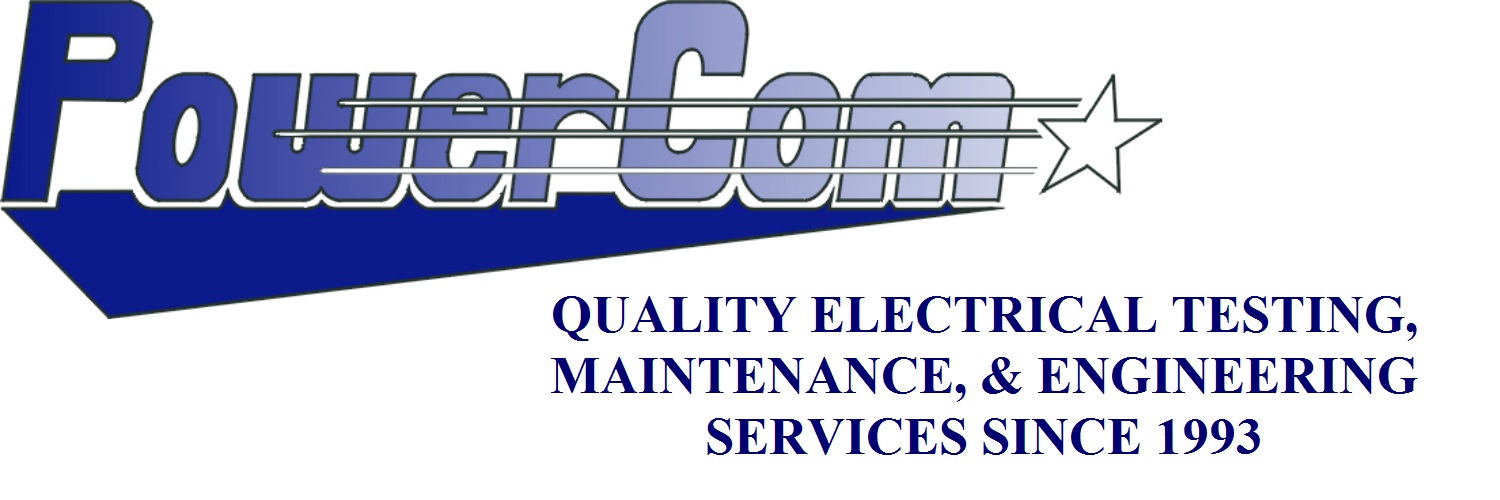Cables - Low, Medium, & High Voltage
HI-POT TESTING
High potential testing is a method utilizing a source of high voltage that is applied to an electrical component. When the test is applied to cable insulation, it determines the condition of the insulating material. The voltage is increased continuously until the dielectric breakdown point is attained.
The cable is isolated from the rest of the system to ensure that the current is not “leaking” to another component and interfering with the test.
There are three outcomes that come from the test. First, if the final reading is below the rating of the cable there is too much resistance within the cable, and the cause will be investigated further. Second, if the final reading is at or slightly above the rating of the cable, the resistance of the cable is within normal limits. The last outcome is if the final reading is well above the rating for the cable. This means that voltage is leaking out of the cable between the isolation points. This leakage must be stopped to prevent damage to equipment or injury to your employees.
INSULATION RESISTANCE TESTING - MEGGER TESTING
The Insulation Resistance Test is a test that is required by the electrical safety testing standards. The measured resistance has to be higher than the indicated limit listed in the international standards. A Megohmmeter (also called Insulation Resistance Tester or Teraohmmeter) is used to measure the ohmic value of an insulator under a direct voltage that is extremely stable. The constant voltage source is applied to the resistance and is measured. The resulting current is read on a highly sensitive ammeter circuit that can display the resistance value. The cables are tested at or above the rated voltage to be certain there are no excessive leakage paths to ground.
CABLE FAULT LOCATING
There are several basic methods of locating an underground cable fault. Sectionalizing, in which you run the risk of reducing cable reliability, because it depends on physically cutting and splicing the cable. Dividing the cable into successively smaller sections will enable you to narrow down the search for a fault.
There is also another method that is commonly used. Thumping, which is when you supply a high voltage to a faulted cable, the resulting high-current arc makes a noise loud enough for you to hear above ground. A newer method uses Time Domain Reflectometry (TDR). The TDR system sends a low-energy signal through a cable without causing any damage. The signal would return within pre-designated time, if it fails to return within that timeframe, the computer analysis of that signal would determine if there is a fault and where it is within 20 feet of the fault. This test could be done prior to “Thumping” so that the time it takes to find the fault would be cut shorter. Any of these tests would successfully find the fault in the cable so that it can be repaired and your facility can be back up and running at 100%.
VISUAL INSPECTION
Many times a fault in a cable can be seen well before it becomes an actual problem. A visual inspection of all of the cables in your facility is a great way to find trouble before it causes you a downtime. We look for corrosion on the copper, cracks in the insulation, moisture on the cables and many other indicators of damage to the cables.




